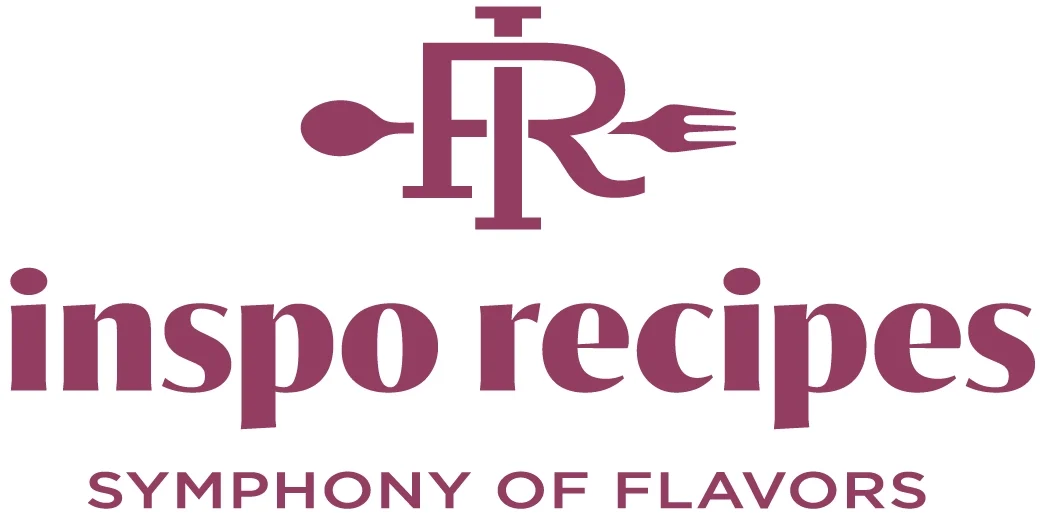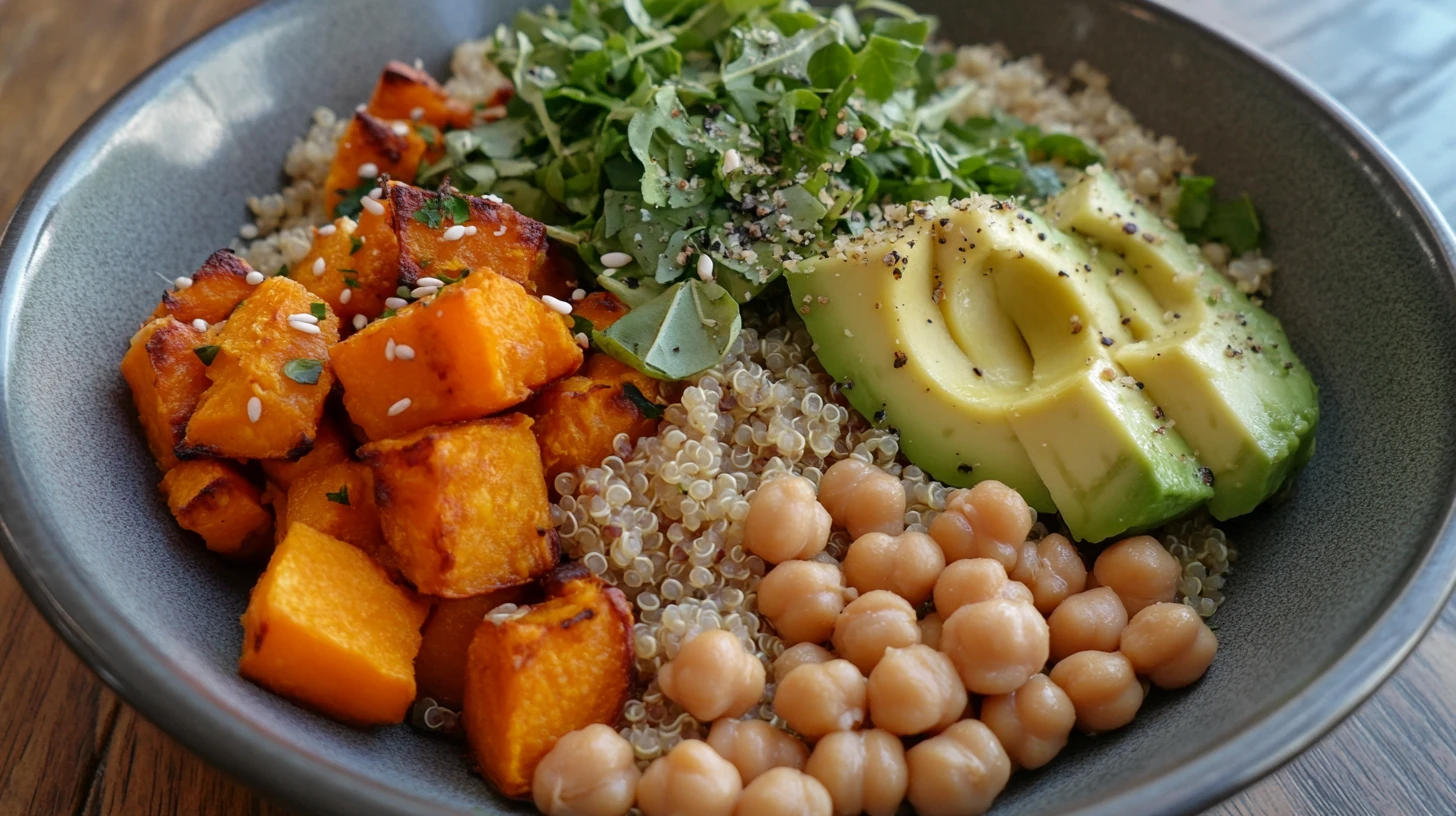Switching to a plant-based diet doesn’t mean you have to sacrifice satiety or protein intake. Many people worry that vegan meals won’t keep them full, but the truth is, with the right ingredients, plant-based eating can be both satisfying and protein-rich.
In This Article
Understanding Vegan Protein and Satiety
Why Protein is Essential for Fullness
Protein isn’t just about building muscle—it’s one of the most satiating macronutrients you can eat. Unlike carbs, which digest quickly, protein takes longer to break down, helping you stay full longer. This is because protein reduces levels of ghrelin (the hunger hormone) while boosting peptide YY, a hormone that signals fullness.
But here’s the catch: not all proteins are created equal. Some break down faster than others, which means choosing the right kind is essential if you want to stay full and energized throughout the day.
How Plant-Based Protein Compares to Animal Protein
One of the biggest misconceptions about vegan diets is that they lack protein or aren’t as filling as animal-based meals. The reality? Many plant-based protein sources offer just as much—if not more—satiety than meat or dairy.
Here’s why:
- Fiber Content: Unlike animal protein, most vegan protein sources come packed with fiber, which slows digestion and keeps you fuller for longer.
- Lower Fat Content: While some meats contain high levels of saturated fats, plant-based proteins tend to be lower in unhealthy fats, making them a cleaner source of energy.
- Nutrient-Dense: Foods like lentils, quinoa, and chickpeas provide a powerhouse of vitamins, minerals, and antioxidants, which contribute to overall well-being.
The Science Behind Satiety: How Vegan Protein Keeps You Full
Ever noticed how a bowl of quinoa and beans keeps you full longer than a plain chicken breast? That’s because vegan protein sources contain a mix of protein, fiber, and healthy fats—all key players in satiety.
- Fiber slows digestion, helping food stay in your stomach longer.
- Protein stimulates hormones that tell your brain you’re full.
- Healthy fats add an extra layer of satiety, preventing energy crashes.
In short, when you combine protein-rich plant foods strategically, you can enjoy meals that are both nutrient-packed and filling—without the need for animal products.
Best Vegan Protein Sources for Satisfying Meals
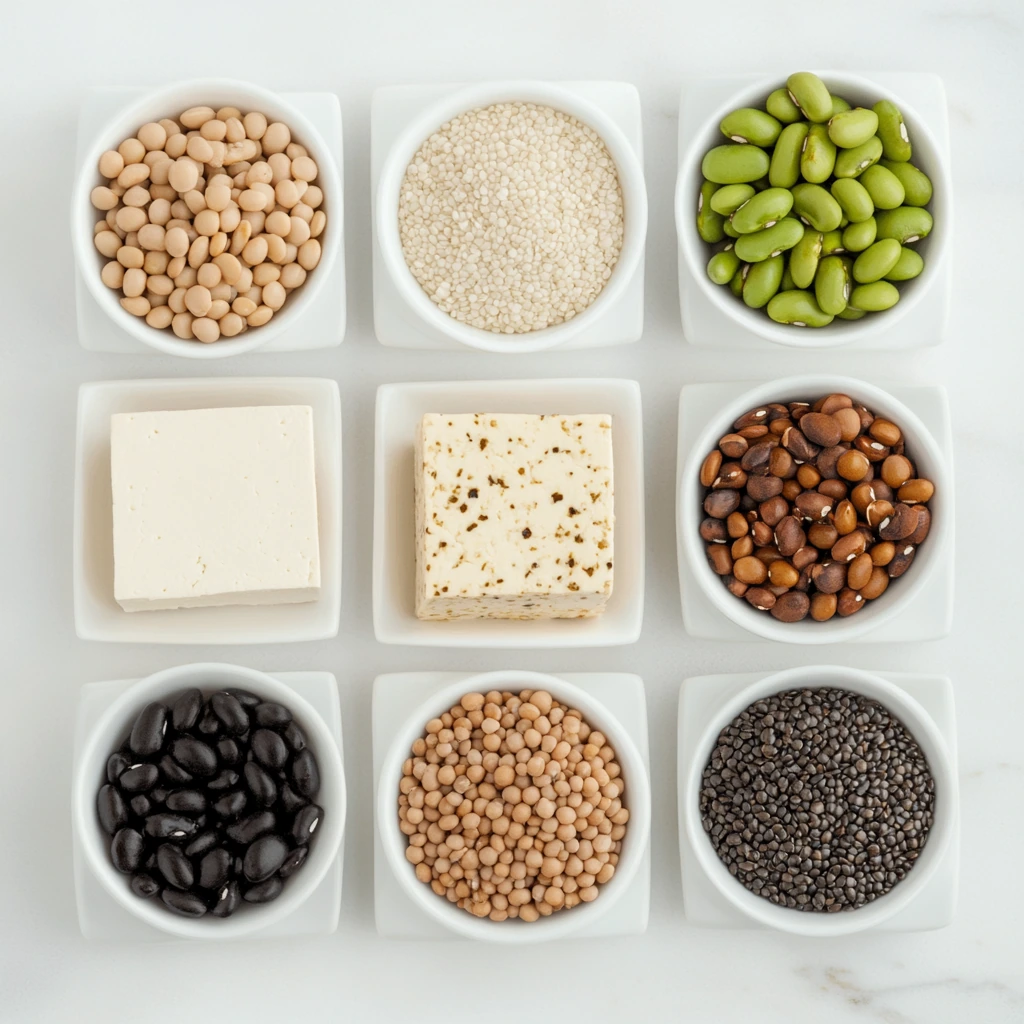
Creating filling plant-based meals starts with knowing which ingredients pack the most protein. The key is choosing foods that offer both protein and fiber to promote satiety. Here are some of the best sources of vegan protein that will keep you full for hours.
Legumes and Beans: Chickpeas, Lentils, and Black Beans
Legumes are a powerhouse of plant-based protein and fiber, making them ideal for keeping hunger at bay.
- Chickpeas (also known as garbanzo beans) are perfect for hummus, salads, and stews, offering around 15g of protein per cup.
- Lentils are packed with about 18g of protein per cup, making them a great meat substitute in soups, curries, and burgers.
- Black beans provide 15g of protein per cup, helping to stabilize blood sugar while keeping you full.
Soy-Based Proteins: Tofu, Tempeh, and Edamame
Soy is one of the few plant proteins that contain all nine essential amino acids, making it a complete protein source.
- Tofu is incredibly versatile, with about 10g of protein per serving. It absorbs flavors well and can be stir-fried, baked, or blended into smoothies.
- Tempeh is a fermented soybean product with 20g of protein per cup, offering a dense texture that works well in sandwiches and grain bowls.
- Edamame (young soybeans) provide 17g of protein per cup and make a great snack or salad topper.
Whole Grains and Seeds: Quinoa, Chia, and Hemp Seeds
Whole grains and seeds are excellent protein boosters for any meal.
- Quinoa contains 8g of protein per cup and is one of the few grains considered a complete protein.
- Chia seeds offer 5g of protein per two tablespoons and expand in liquid, keeping you full for longer.
- Hemp seeds pack 9g of protein per three tablespoons and add a nutty flavor to salads, smoothies, and oatmeal.
Nuts and Nut Butters: Almonds, Peanuts, and Cashews
Nuts and their butters are protein-rich and full of healthy fats that boost satiety.
- Almonds provide 7g of protein per ounce, perfect for snacking or adding crunch to dishes.
- Peanut butter contains about 8g of protein per two tablespoons, making it a great addition to smoothies or toast.
- Cashews offer 5g of protein per ounce and add creaminess to vegan sauces and desserts.
Vegetables with High Protein Content
While vegetables aren’t the most protein-dense foods, some contain impressive amounts.
- Spinach provides 5g of protein per cup when cooked.
- Broccoli has about 4g of protein per cup and works well in stir-fries and pasta dishes.
- Brussels sprouts contain 3g of protein per cup and are great roasted or steamed.
High-Protein Vegan Meal Ideas for Every Occasion
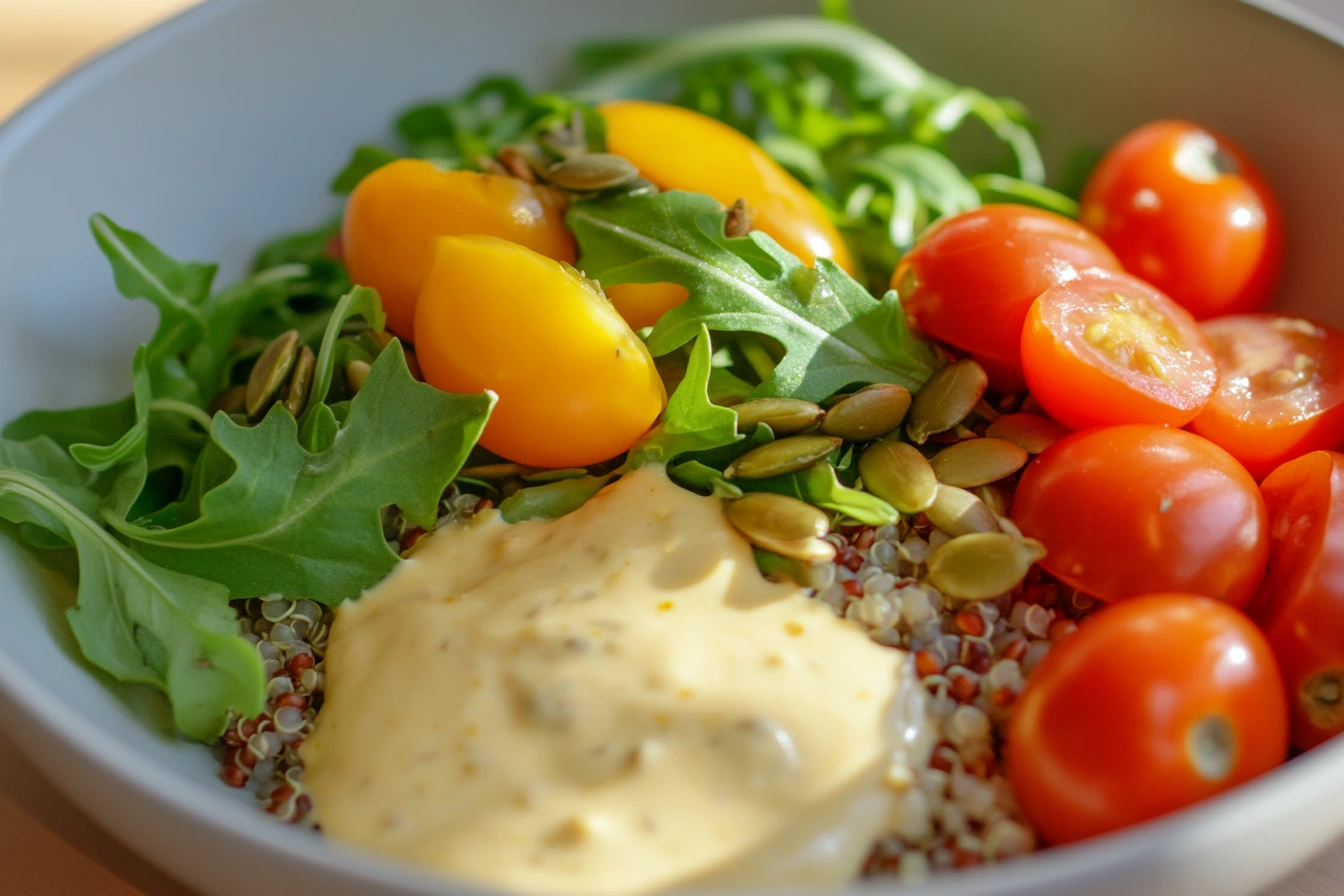
Now that we’ve covered the best vegan protein sources, it’s time to put them together into delicious, filling meals. Below are high-protein vegan recipes for breakfast, lunch, dinner, and snacks that will keep you full and energized.
Protein-Packed Vegan Breakfasts
A solid breakfast sets the stage for the day ahead. These plant-based breakfast ideas are loaded with protein and fiber to keep you going.
- High-Protein Oatmeal with Chia and Hemp Seeds – Start your morning with a bowl of steel-cut oats topped with chia seeds, hemp seeds, and a drizzle of almond butter for a protein boost of over 15g.
- Tofu Scramble with Vegetables – Crumble firm tofu, sauté it with spinach, bell peppers, and mushrooms, and season with turmeric and black salt for a hearty, egg-free scramble (20g of protein per serving).
- Smoothie Bowls with Plant-Based Protein – Blend almond milk, frozen berries, banana, and a scoop of vegan protein powder, then top with hemp seeds and sliced almonds (25g of protein per bowl).
Filling Vegan Lunch Ideas
Midday meals should be nutrient-dense and satisfying to avoid energy crashes. Here are a few high-protein vegan lunch options:
- Quinoa and Chickpea Buddha Bowl – Combine quinoa, roasted chickpeas, avocado, and tahini dressing for a protein-packed bowl (18g of protein per serving).
- Lentil Soup with Whole Grain Bread – This hearty soup provides both fiber and protein to keep you full (20g of protein per bowl).
- Tofu Stir-Fry with Brown Rice – Toss cubed tofu with broccoli, bell peppers, and soy sauce over brown rice (22g of protein per serving).
Hearty Vegan Dinners to Keep You Full
Dinner should be both satisfying and nutritious. Try these vegan protein meals for a delicious and filling evening:
- Spaghetti with Lentil Bolognese – Swap ground beef for protein-packed lentils, simmered in a rich tomato sauce (20g of protein per bowl).
- Tempeh and Vegetable Stir-Fry – Cook tempeh with carrots, snap peas, and cashews for a flavorful, nutrient-rich dinner (25g of protein per plate).
- Stuffed Sweet Potatoes with Black Beans – Roast sweet potatoes, fill them with black beans, avocado, and salsa for a simple, high-protein meal (18g of protein per serving).
Protein-Rich Vegan Snacks
Snacks help maintain energy levels between meals. Try these protein-packed vegan options:
- Roasted Chickpeas – Season chickpeas with smoked paprika and roast until crispy for a crunchy, high-protein snack (15g of protein per cup).
- Peanut Butter and Banana on Whole Grain Toast – A simple but effective snack with a mix of protein, fiber, and healthy fats (12g of protein per slice).
- Edamame with Sea Salt – A quick and nutritious protein boost (17g of protein per cup).
How to Maximize Protein Absorption in a Vegan Diet
Getting enough vegan protein is one thing, but ensuring your body absorbs and utilizes it effectively is another. While plant proteins are highly nutritious, they can sometimes be harder to digest due to fiber content and natural antinutrients like phytates and oxalates. Fortunately, with a few smart strategies, you can boost absorption and make the most of your meals.
Combining Proteins for a Complete Amino Acid Profile
Not all plant-based proteins contain all nine essential amino acids. However, by pairing complementary proteins, you can create a complete protein source similar to animal-based foods.
Some of the best protein pairings include:
- Beans + Rice (a classic combo that provides all essential amino acids)
- Hummus + Whole Grain Pita (chickpeas and whole grains work well together)
- Lentils + Quinoa (a nutrient-dense duo with plenty of fiber)
- Nut Butter + Whole Wheat Bread (great for a quick, high-protein snack)
While it’s not necessary to combine proteins in every meal, including a variety of vegan protein sources throughout the day ensures you get all essential amino acids.
Cooking Methods that Enhance Protein Availability
Some plant-based foods contain antinutrients that interfere with protein digestion. However, proper cooking techniques can reduce these compounds, making the protein more accessible.
- Soaking beans and lentils before cooking helps break down antinutrients and improves digestion.
- Fermenting foods like tempeh not only enhances flavor but also increases nutrient absorption.
- Sprouting grains and legumes boosts amino acid content and improves digestibility.
- Cooking vegetables (like spinach or kale) reduces oxalates, allowing your body to absorb more protein.
Best Vegan Protein Supplements and When to Use Them
While whole foods should always be the priority, vegan protein supplements can help meet protein needs when life gets busy.
Some of the best options include:
- Pea Protein Powder – Easily digestible and often used in smoothies.
- Hemp Protein Powder – A great source of omega-3 fatty acids along with protein.
- Brown Rice Protein – Often combined with pea protein for a more complete amino acid profile.
- Soy Protein Isolate – A highly concentrated protein source that mimics whey protein in effectiveness.
Using protein supplements post-workout or in high-protein vegan smoothies can help you hit your daily protein goals without much effort.
Harvard School of Public Health – Protein and Health – Explains the role of protein in health.National Institutes of Health – Plant-Based Protein Benefits – Research on the benefits of plant-based protein.
FAQs About Vegan Protein and Satiety
Many people have questions about vegan protein and whether it provides the same benefits as animal-based sources. Below are answers to some of the most frequently asked questions about plant-based meals that keep you full.
Does Plant Protein Keep You Full?
Absolutely! Vegan protein sources like beans, lentils, tofu, and quinoa are not only rich in protein but also high in fiber, which helps slow digestion and promote long-lasting satiety. The combination of protein and fiber makes plant-based meals incredibly filling.
How Can I Get 30g of Protein in a Vegan Meal?
Reaching 30g of protein per meal is easier than you might think! Here’s an example of a high-protein vegan meal:
- 1 cup quinoa (8g)
- ½ cup chickpeas (7g)
- ½ cup tofu (10g)
- 1 tbsp hemp seeds (3g)
- Total Protein: 30g
Adding plant-based protein powders to smoothies or oatmeal is another great way to hit your protein target.
Does Plant-Based Protein Fill You Up?
Yes! The combination of protein, fiber, and healthy fats in vegan meals creates a balanced plate that curbs hunger and keeps energy levels steady. Unlike highly processed foods that cause energy crashes, plant-based protein sources provide sustained fullness.
How Do Vegans Get a Complete Protein?
While most plant-based proteins lack at least one essential amino acid, eating a varied diet solves this problem. Combining different protein sources—such as grains and legumes—throughout the day ensures you get all the essential amino acids.
By following these strategies, you can confidently enjoy a vegan diet that is both protein-rich and satisfying.
Final Thoughts
Eating a high-protein vegan diet doesn’t have to be complicated. By choosing nutrient-dense plant foods, combining proteins strategically, and using the right cooking methods, you can enjoy meals that are both delicious and filling.
Whether you’re looking for Vegan Protein: Plant-Based Meals That Keep You Full or just trying to boost protein intake on a plant-based diet, these tips and meal ideas will help you stay energized and satisfied.
Ready to start cooking? Try some of these high-protein plant-based recipes and feel the difference in your energy and fullness levels! 🌱💪 How to Plan a Zero-Waste Vegan Diet – Related to meal planning and sustainable eating.
Meal Planning Tips for High-Protein Vegan Diets
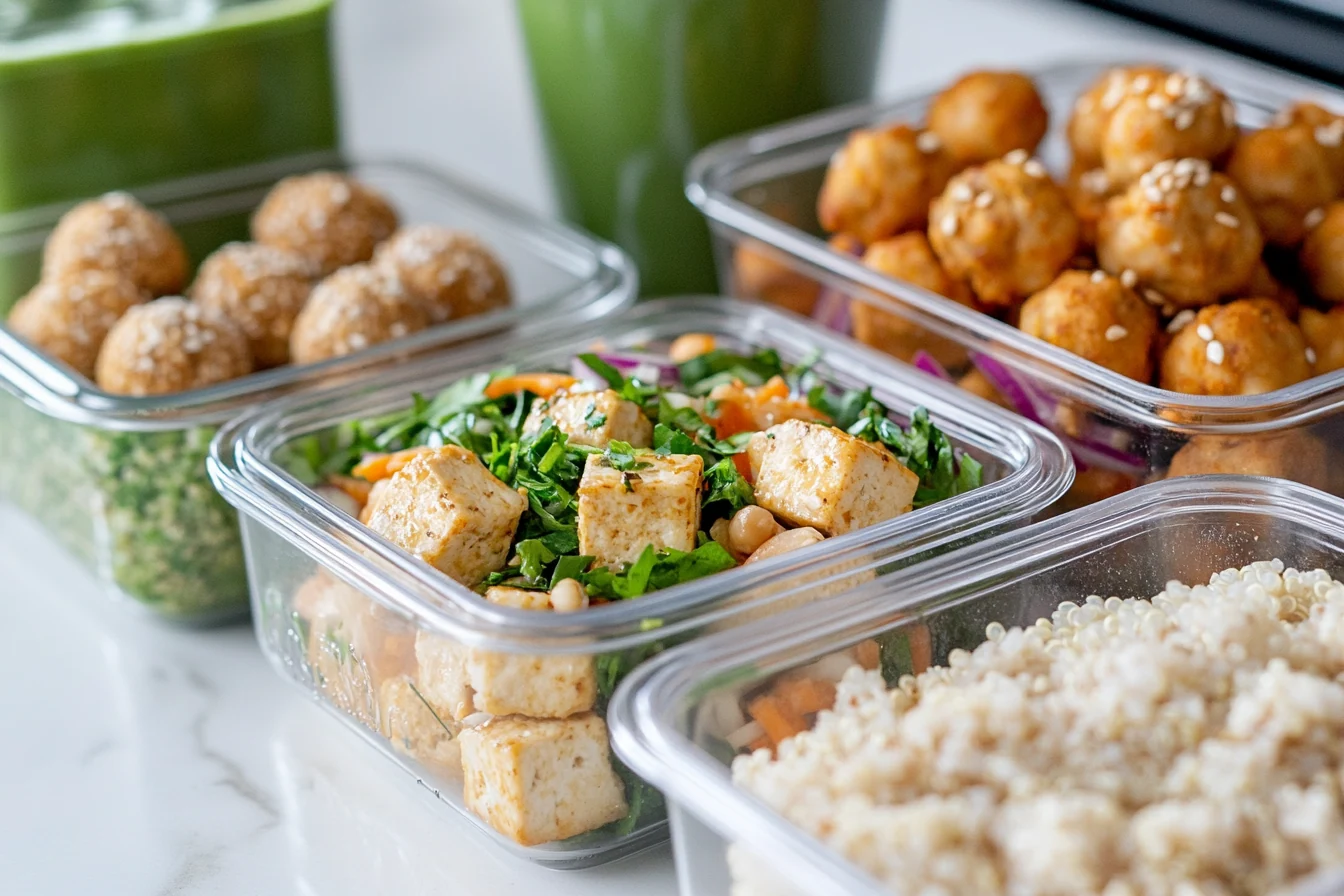
Transitioning to a high-protein plant-based diet can feel overwhelming at first, but with a little planning, it becomes second nature. The key is balance, variety, and preparation. Here’s how to ensure your meals are packed with vegan protein and keep you full throughout the day.
How to Build a Balanced, High-Protein Vegan Meal
A well-balanced vegan meal should include a mix of protein, healthy fats, fiber, and complex carbs. Here’s a simple formula to follow:
- Protein Base – Choose tofu, tempeh, beans, lentils, quinoa, or a vegan protein powder as the main protein source.
- Healthy Fats – Add avocados, nuts, seeds, or olive oil to enhance flavor and satiety.
- Fiber-Rich Carbs – Opt for whole grains, starchy vegetables, or legumes to provide long-lasting energy.
- Greens & Veggies – Incorporate leafy greens and colorful vegetables for vitamins, minerals, and antioxidants.
For example, a lentil and quinoa salad topped with sunflower seeds and a tahini dressing delivers protein, fiber, and healthy fats in one satisfying dish.
Batch Cooking for Easy High-Protein Vegan Meals
Prepping meals in advance saves time and ensures you always have protein-packed options on hand. Try these simple batch-cooking strategies:
- Cook large portions of quinoa, lentils, or beans to use in multiple meals throughout the week.
- Marinate and bake tofu or tempeh in advance for quick additions to bowls and salads.
- Make protein-rich snacks like homemade hummus, roasted chickpeas, or energy balls.
Having ready-to-eat ingredients makes it easier to whip up a satisfying vegan meal without stress.
Common Mistakes to Avoid in Vegan Meal Planning
Even with the best intentions, mistakes happen. Here are some to watch out for:
- Not Eating Enough Protein – Track your intake to ensure you’re getting sufficient vegan protein.
- Skipping Healthy Fats – Fats help with nutrient absorption and keep you full longer.
- Relying Too Much on Processed Foods – While convenient, vegan junk food often lacks protein and nutrients.
By focusing on whole, protein-rich foods, you’ll naturally create meals that fuel your body and keep you satisfied.
How to Stay Full on a Vegan Diet While Losing Weight
Many people worry that plant-based eating won’t keep them full, especially when trying to lose weight. The good news? It’s entirely possible to feel satisfied while shedding pounds—if you eat the right foods.
High-Protein, Low-Calorie Vegan Foods for Satiety
If your goal is weight loss, focus on low-calorie, high-protein foods that provide volume and satiety without excess calories. Some of the best options include:
- Legumes (Lentils, Black Beans, Chickpeas) – High in protein and fiber, they keep you full for hours.
- Tofu & Tempeh – Lean sources of protein that can be flavored in countless ways.
- Vegetables (Broccoli, Kale, Spinach, Zucchini) – Fiber-rich and nutrient-dense with very few calories.
- Berries & Chia Seeds – High in antioxidants, fiber, and omega-3s, these help regulate hunger.
Smart Meal Timing for Satiety and Energy
When you eat is just as important as what you eat. Here’s how to optimize meal timing for lasting energy and fullness:
- Start the day with protein – A tofu scramble, protein smoothie, or oatmeal with hemp seeds can help curb hunger.
- Have balanced meals – A mix of protein, fiber, and healthy fats prevents blood sugar spikes.
- Eat snacks strategically – If you get hungry between meals, opt for nuts, hummus with veggies, or edamame instead of processed snacks.
Hydration & Mindful Eating for Satiety
Did you know that dehydration can sometimes feel like hunger? Drinking plenty of water helps prevent unnecessary snacking and supports digestion. Also, mindful eating—chewing slowly and savoring meals—can help you feel satisfied with smaller portions.
By focusing on protein-dense, whole foods, you can lose weight while still enjoying vegan protein meals that keep you full.
The Best Vegan Protein Sources for Athletes and Active Lifestyles
If you’re an athlete or someone with an active lifestyle, getting enough vegan protein is essential for muscle recovery, endurance, and sustained energy. The good news? You don’t need animal products to meet your protein needs. With the right choices, plant-based meals can fuel even the most intense workouts.
High-Protein Vegan Foods for Muscle Growth
Building and maintaining muscle requires protein-rich foods that support recovery. Here are some of the best options:
- Tempeh – Contains 20g of protein per cup and is rich in iron, essential for oxygen transport.
- Lentils – A budget-friendly source with 18g of protein per cup, perfect for soups and curries.
- Quinoa – A complete protein with 8g per cup, ideal for post-workout recovery.
- Hemp Seeds – Small but mighty, offering 9g of protein per three tablespoons plus omega-3s for inflammation reduction.
- Chia Seeds – Packed with fiber, protein, and healthy fats, great for sustaining energy levels.
- Edamame – With 17g of protein per cup, these young soybeans are excellent for snacking or salads.
Best Vegan Protein Meals for Pre- and Post-Workout Nutrition
Athletes should focus on timing their meals for optimal energy and muscle recovery.
- Pre-Workout Meal:
- Quinoa bowl with black beans, avocado, and tahini dressing for long-lasting energy.
- A banana with almond butter to provide quick fuel.
- Post-Workout Meal:
- A smoothie with plant-based protein powder, oats, hemp seeds, and berries to refuel muscles.
- Tofu stir-fry with brown rice and mixed vegetables for protein and glycogen replenishment.
Protein Supplements for Vegan Athletes
While whole foods should be the foundation, plant-based protein powders can be a convenient way to hit protein goals. Some great options include:
- Pea Protein – Rich in branched-chain amino acids (BCAAs), crucial for muscle repair.
- Brown Rice Protein – Often combined with pea protein for a more complete amino acid profile.
- Soy Protein – One of the most studied plant proteins for muscle growth and recovery.
With a strategic plant-based diet, athletes can build strength, increase endurance, and stay full with vegan protein meals that power performance.
Budget-Friendly Ways to Eat More Vegan Protein
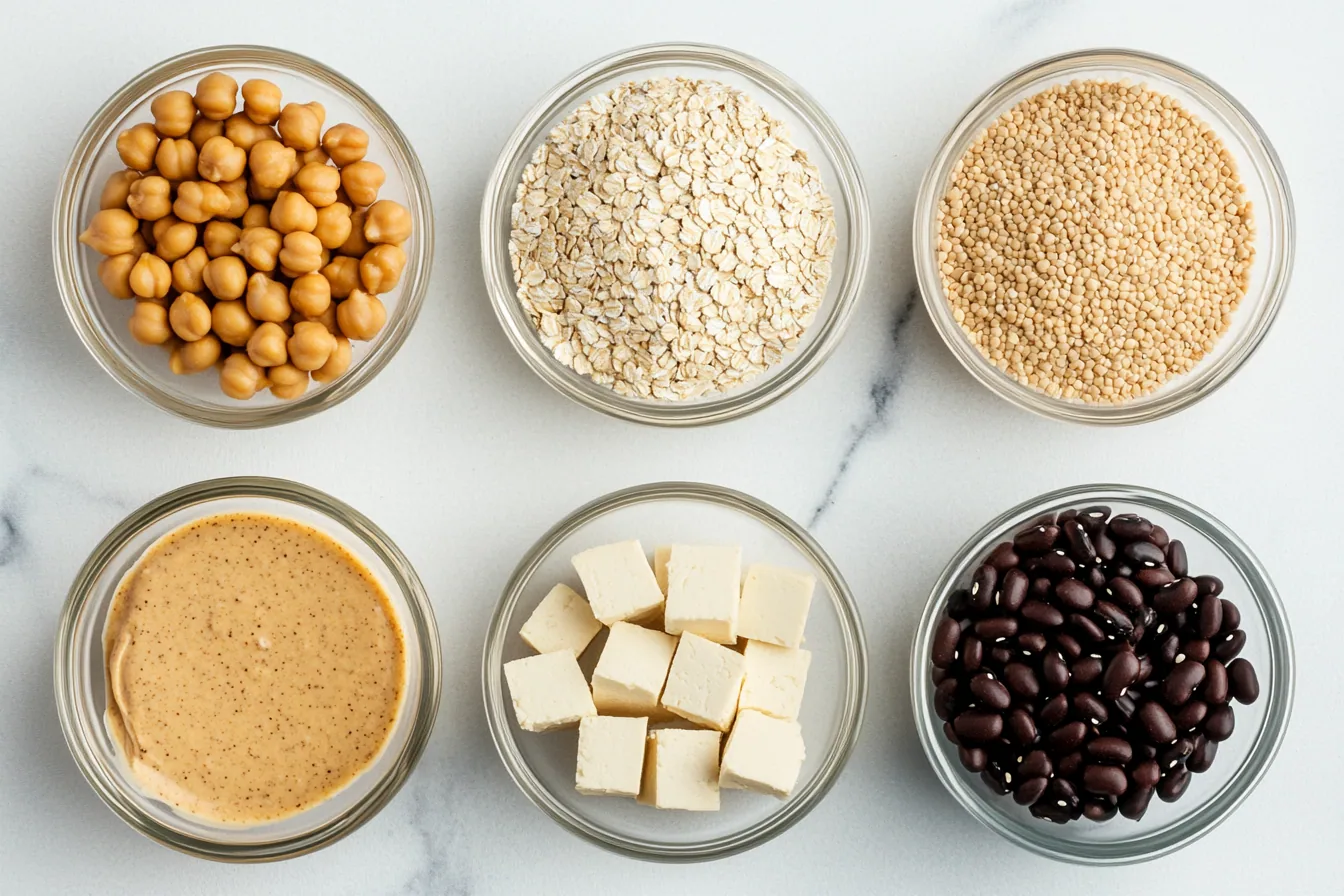
Eating a high-protein vegan diet doesn’t have to break the bank. Many of the best plant-based protein sources are surprisingly affordable, versatile, and easy to prepare. By shopping smart and focusing on nutrient-dense whole foods, you can get plenty of vegan protein without overspending.
Affordable High-Protein Vegan Foods
Some of the most budget-friendly plant-based proteins include:
- Lentils (18g protein per cup) – One of the cheapest and most versatile vegan protein sources.
- Chickpeas (15g protein per cup) – Perfect for soups, salads, and homemade hummus.
- Black Beans (15g protein per cup) – A filling and fiber-rich protein great for burritos and stews.
- Tofu (10g protein per serving) – An affordable meat alternative that absorbs any flavor.
- Peanut Butter (8g protein per 2 tbsp) – Inexpensive and great for snacks and smoothies.
- Oats (5g protein per half-cup) – A hearty, protein-packed grain for breakfast or baking.
Meal Prep Tips to Save Money and Time
To maximize nutrition and affordability, try these money-saving meal prep tips:
- Buy in Bulk – Stock up on dried beans, lentils, and whole grains for cost savings.
- Cook Once, Eat Multiple Times – Batch-cook staples like quinoa, chickpeas, and tofu to use throughout the week.
- Use Seasonal Produce – Buying in-season vegetables keeps costs low while adding variety to meals.
- Make Your Own Snacks – Instead of store-bought protein bars, try homemade energy balls with oats, peanut butter, and chia seeds.
Cheap and Easy High-Protein Vegan Meals
Eating vegan protein meals that keep you full on a budget is easier than you think! Try these affordable meal ideas:
- Lentil & Vegetable Soup – Hearty, nutritious, and easy to make in large batches.
- Chickpea & Sweet Potato Curry – A flavorful meal that costs very little to prepare.
- Peanut Butter & Banana Toast on Whole Grain Bread – A simple, protein-packed snack.
- Oatmeal with Hemp & Chia Seeds – A budget-friendly breakfast with long-lasting satiety.
By focusing on whole, plant-based protein sources, you can eat well, stay full, and save money while following a vegan diet.
For more healthy recipes, check out our Smart & Healthy category.
